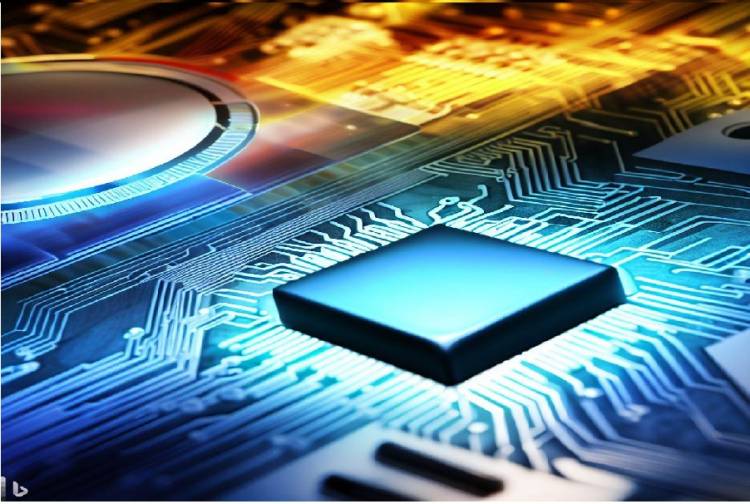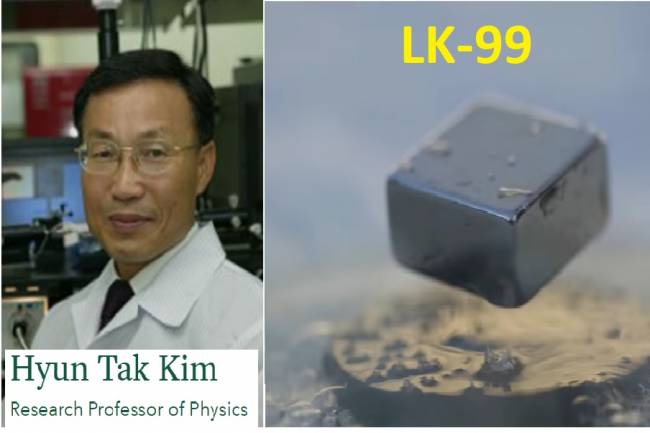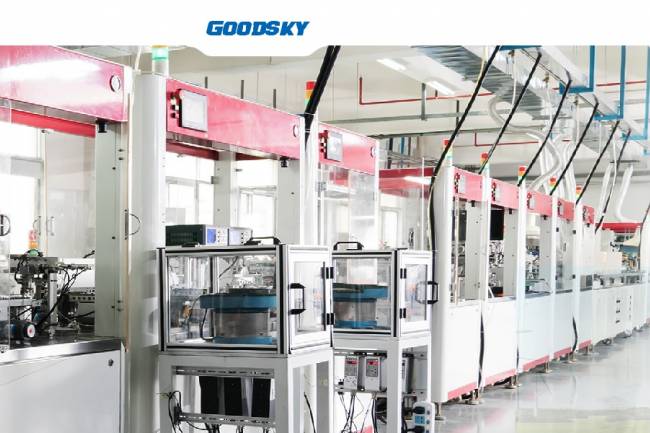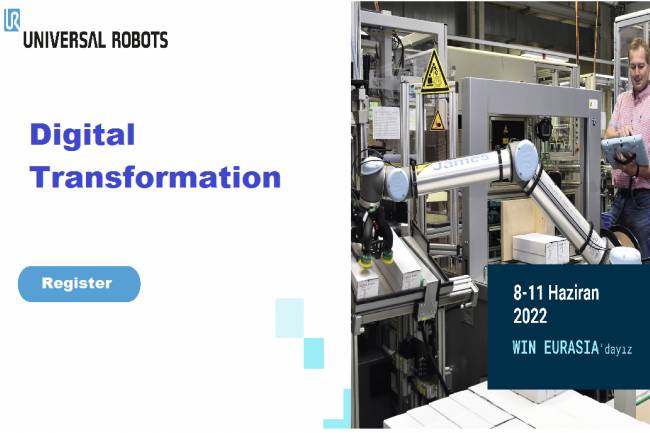
lk-99: Possible Changes in Superconducting Material and Electronics Industry at Room Temperature
The electronics and computer world is a constantly evolving and developing industry. The discovery of new materials and advances in technology lead to major changes in this industry. An important recent discovery describes a room-temperature superconducting material called "lk-99". In this article, we will examine the possible changes in the electronics and computer world as a result of the discovery of the lk-99.
Superconductors and Their Properties
Superconductors are materials that have the ability to conduct electrical currents perfectly, completely eliminating electrical resistance at low temperatures. However, their use has been limited throughout history, as superconductors can only operate at very low temperatures. The fact that LK-99 is superconducting at room temperature is a revolutionary discovery in this field.
Effects of Superconductors at Room Temperature on the Electronics Industry
1. Energy Efficiency: At room temperature, superconductors could revolutionize energy transmission and storage. While energy losses are experienced due to the resistance of traditional conductive materials, efficiency can be increased by minimizing energy losses thanks to superconductors. This allows electronic devices and computer systems to consume less energy and have longer battery life.
2. More Powerful and Faster Processors: The use of superconductors at room temperature can significantly increase the speed and power of electronic processors. While there are heating problems due to resistance in traditional processors, it may be possible to produce more powerful processors thanks to superconductors.
3. Data Storage and Communication: With the high speed and low energy consumption of superconductors, great advances can be made in data storage and communication technologies. Large data centers and cloud computing services in particular can benefit greatly from the efficiency benefits offered by superconductors.
4. Electric Vehicles: At room temperature, superconductors can significantly increase the performance and range of electric vehicles. Advances in battery technologies can enable electric vehicles to charge faster and travel longer.
5. Medical Imaging: The availability of superconductors at room temperature could also have a major impact in the field of medical imaging. MRI devices and other medical imaging technologies can work with higher resolution and sensitivity, providing great convenience in diagnosis and treatment processes.
The discovery of a room-temperature superconductor called LK-99 could lead to major changes in the electronics and computer world. It can reduce environmental impact by increasing energy efficiency, enable the development of more powerful and faster processors, make great advances in data storage and communication technologies, and contribute to diagnosis and treatment processes in the field of medical imaging. However, studies on the use and cost of this new technology on a commercial scale are required. In the future, with the discovery of LK-99, a significant acceleration can be gained in the electronics industry and a step can be taken in a period in which more advanced and efficient electronic systems are used compared to today's technology.
Does change start immediately in the electronics world?
The discovery of the room-temperature superconductor LK-99 is not a development that is expected to cause immediate and immediate major changes in the electronics and computer industry. Such discoveries require long processes and hard work for changes in the industry to occur.
The industrial and commercial use of superconductors faces many technical, economic and practical challenges. After the discovery of LK-99, a large number of research, development and testing processes are required to expand the uses of this new material and to produce it on a commercial scale. At the same time, a transition period is required for existing infrastructure to adapt to this new technology and for the rollout of superconductor-based products.
The fact that superconductors work at room temperature is a big enough revolution to replace semiconductors, but existing semiconductor technologies have been used and developed for years. Thus, the extensive adoption and adaptation process may take time for superconductors to replace semiconductors.
In addition, for a new technology to become widespread in the sector and integrate it into daily life, it is necessary to reduce costs and optimize production processes. This may require additional time and effort.
Generally, major technological changes happen slowly and gradually. To strengthen the role of superconductors in the industry and unlock their true potential, scientists, engineers and industry leaders must come together to define a long-term roadmap.
In conclusion, the discovery of the room temperature superconductor lk-99 is a development with great potential in the electronics and computer industry, but it may be unrealistic to expect a quick and immediate change. In the future, continuous studies and advances will be required for superconductor technology to become widespread and usable in daily life.
Click to read the previous news about LK-99:
Semiconductors and Superconductors Are Changing the Electronics Industry





























